During the historic days of April, every Vietnamese citizen cannot help but be moved and proud when thinking about the great milestone - April 30, 1975, the moment when the country was united and the mountains and rivers were reunited.
The 21-year journey from the arduous resistance war to glorious unification marked brilliant victories everywhere, including the great contribution of the army and people of Binh Dinh, contributing to the great victory of Spring 1975.
Milestones on the journey to unification
In early December 1964, the Party Committee and the Military Region V Command decided to launch an attack campaign to liberate An Lao, which the enemy had built into a fortified defense area in the mountainous region of Binh Dinh province. With the support of the main force, local troops and guerrillas, and the great support of the local people, the campaign took place over 2 days, December 7-8, with the tactic of surprise and continuous attacks, proactively forecasting the situation and repelling reinforcements by both air and land, our army caused heavy losses to the enemy. At the end of the campaign, we liberated 11,000 people held captive in strategic hamlets; the entire 22 km long An Lao valley became our base.
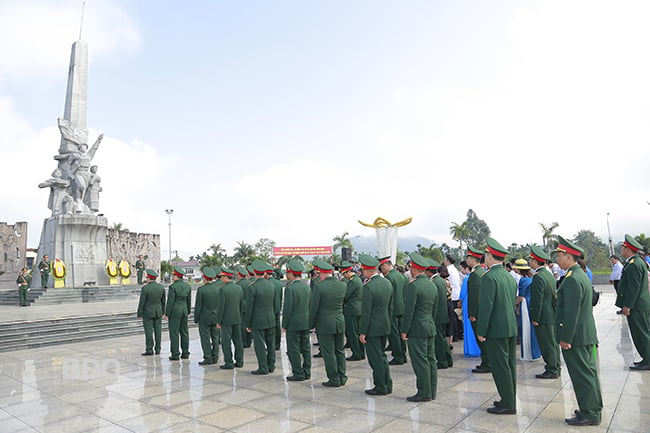 |
Flower offering ceremony at An Lao Victory Monument (An Lao district). Photo: HP |
The victory of An Lao, together with the victory of Binh Gia (Ba Ria - Vung Tau), marked the fundamental bankruptcy of the US's "Special War" strategy in South Vietnam. Taking advantage of the victory, the liberation army and the people of the South stepped up the Spring-Summer 1965 offensive and won many victories in military campaigns such as Deo Nhong - Duong Lieu (Binh Dinh), Dong Xoai (Phuoc Long province, now Binh Phuoc province), Van Tuong, Ba Gia (Quang Ngai)... causing large enemy units to be completely destroyed or severely damaged.
During the period of 1961 - 1965, the Binh Dinh battlefield together with the South created new miracles. Under the leadership of the Party, the people and army of Hoai An promoted the tradition of patriotism, united as one, contributed human and material resources, stuck to the land and villages together with the main force of the 3rd Sao Vang Division to fight bravely, and achieved many resounding victories. The peak was the victory of the Spring - Summer campaign in 1972, completely liberating Hoai An district on April 19, 1972, creating a solid base for the revolution in Binh Dinh, serving as a springboard to liberate neighboring areas, opening up an important strategic area in the Central Central Delta, connecting the Central Coast and the Central Highlands, creating a position and strength that contributed to the general offensive and uprising in the Spring of 1975.
According to the History of the Binh Dinh Provincial Party Committee (1954 - 1975), the fierce offensive and uprising of the Binh Dinh army and people coordinated very closely and smoothly with the army and people of the provinces of Zone V in the campaign to liberate the Central Central region, contributing to "the revolutionary war in the South not only entering a period of leapfrog development, but also the opportunity to launch an offensive and uprising in Saigon - Gia Dinh was ripe" (comment of the Politburo on March 31, 1975).
Contribute to the great victory day
After the victory of the Central Highlands campaign (March 1975), the Provincial Party Committee identified and accurately seized the opportunity: the Saigon regime was facing complete collapse, the spirit of the enemy forces in Binh Dinh was extremely confused. On that basis, promptly mobilized the army and people of the entire province to participate in the general offensive and uprising. The Provincial Party Committee mobilized the armed forces and local political forces to completely overthrow the enemy government and its military forces in the province, and returned power to the people (March 31, 1975).
The Binh Dinh battlefield contributed to the victory of the Tay Nguyen Campaign - "a turning point in the political and military situation" for the entire South and the Hue - Da Nang Campaign, dealing a decisive blow, bankrupting the enemy's strategic regrouping plan. In particular, the most important were the powerful attacks of the 3rd Sao Vang Division in the Binh Khe (Tay Son) war zone, which attracted, restrained and destroyed a basic part of the 22nd Division - the main and important mobile force of the enemy in Binh Dinh. Under the leadership of the provincial Party Committee, Binh Dinh supported and coordinated with the entire South to gain victory.
On March 25, 1975, in Xuan My village (Phuoc Hiep commune, Tuy Phuoc district), the Command of Military Region 5 decided to establish the 93rd Infantry Regiment on the basis of the core independent battalions of Binh Dinh province. Immediately after its establishment, the Regiment proactively coordinated with the army and people of the Eastern region, Quy Nhon town to attack and liberate Quy Nhon town, liberating Binh Dinh province. Colonel Ho Quoc Thuc (former officer of the National Defense Strategy Institute, former Battalion Commander of Battalion 8, 93rd Infantry Regiment) said: After the province was liberated, more than 300 officers and soldiers of the Regiment were added to the main units participating in the Ho Chi Minh campaign, completely liberating the South, ending the war against the US to save the country.
Veteran Tran Quoc Te - Deputy Head of the 3rd Sao Vang Division's Traditional Liaison Committee in Binh Dinh (currently in Quy Nhon City) - said: "The 3rd Sao Vang Division held back the entire 22nd Division, the puppet main force, on the front line of Highway 19, effectively supported and created a position for the army and people of Binh Dinh to launch a series of attacks, rise up, destroy and disintegrate most of the puppet army, smash the puppet government apparatus, liberate and gain control of large areas from the North to the South of the province. By April 1, 1975, we had disintegrated and destroyed all the remnants of the 22nd Division on Highway 19, fleeing to Quy Nhon in order to find the only way out by sea."
After liberating Binh Dinh, the Provincial Party Committee continued to direct the implementation of the Politburo's policy. Accordingly, the Provincial Party Committee mobilized the army and people to contribute their manpower and resources to the highest level to serve the Ho Chi Minh campaign, completely liberating the South. Hundreds of young men joined the 3rd Sao Vang Division and advanced straight to the Southern front. Quy Nhon Port welcomed dozens of ships carrying units of the II Corps. Hundreds of military vehicles, trucks, vans and thousands of tons of food, provisions, and gasoline were mobilized in time to supply the 2nd Corps to march rapidly to the South.
Speaking at the 50th Anniversary of Binh Dinh Province Liberation Day, Secretary of the Provincial Party Committee Ho Quoc Dung affirmed: The victory on March 31st to liberate Binh Dinh is a shining symbol of patriotism and indomitable spirit, a wonderful heroic epic of the noble sacrifice and steadfast revolutionary will of our army and people; is the result of our Party's skillful war leadership and direction; is the result of the lightning-fast, daring, unexpected, and sure-to-win attack of the people's armed forces; is the strong, fierce, and widespread uprising of all classes of people in the province; contributes significantly to the victory of the historic Ho Chi Minh campaign, creating the great victory of the Spring of 1975, bringing the long march full of sacrifices and hardships for the independence and freedom of the Fatherland to final victory.
HONG PHUC
Source: https://baobinhdinh.vn/viewer.aspx?macm=1&macmp=1&mabb=355144


![[Photo] Ho Chi Minh City: People are willing to stay up all night to watch the parade](https://vphoto.vietnam.vn/thumb/1200x675/vietnam/resource/IMAGE/2025/4/29/cf71fdfd4d814022ac35377a7f34dfd1)
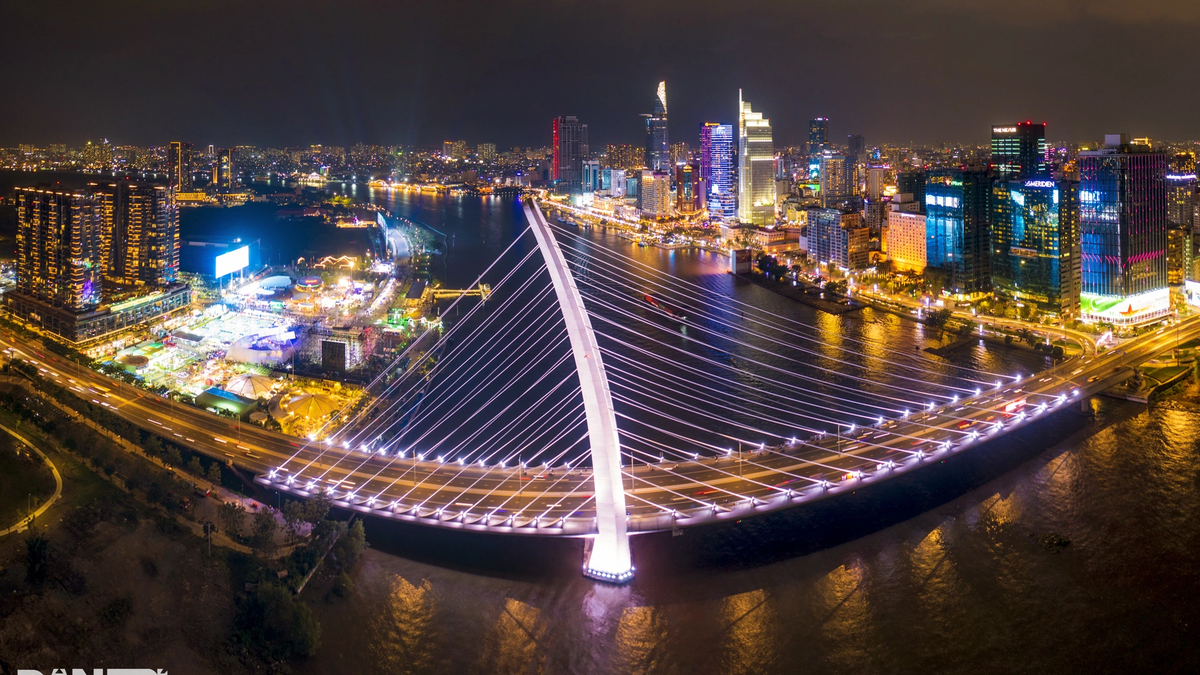
![[Photo] General Secretary attends special art program "Spring of Unification"](https://vphoto.vietnam.vn/thumb/1200x675/vietnam/resource/IMAGE/2025/4/29/e90c8902ae5c4958b79e26b20700a980)
![[Photo] Prime Minister Pham Minh Chinh meets to prepare for negotiations with the United States](https://vphoto.vietnam.vn/thumb/1200x675/vietnam/resource/IMAGE/2025/4/29/76e3106b9a114f37a2905bc41df55f48)
![[Photo] Nghe An: Bustling atmosphere celebrating the 50th anniversary of Southern Liberation and National Reunification Day](https://vphoto.vietnam.vn/thumb/1200x675/vietnam/resource/IMAGE/2025/4/29/64f2981da7bb4b0eb1940aa64034e6a7)
![[Photo] Hanoi is brightly decorated to celebrate the 50th anniversary of National Reunification Day](https://vphoto.vietnam.vn/thumb/1200x675/vietnam/resource/IMAGE/2025/4/29/ad75eff9e4e14ac2af4e6636843a6b53)


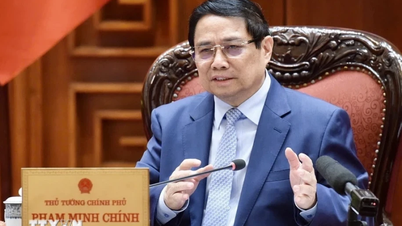
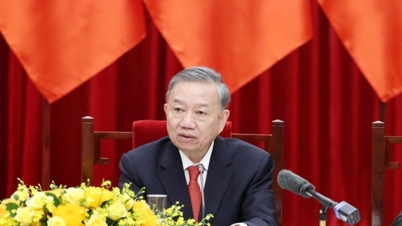
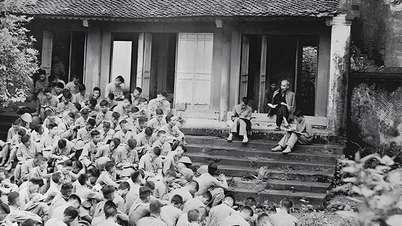
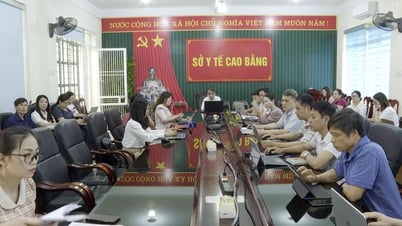




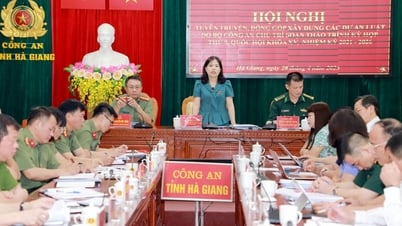
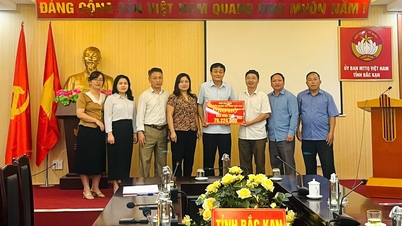
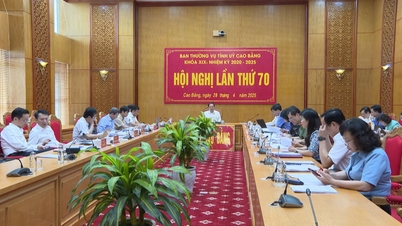
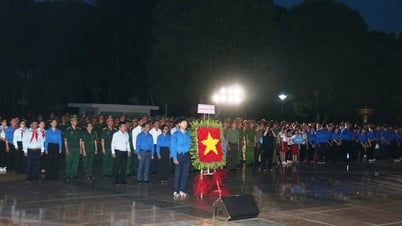


![[Photo] People choose places to watch the parade from noon on April 29](https://vphoto.vietnam.vn/thumb/1200x675/vietnam/resource/IMAGE/2025/4/29/3f7525d7a7154d839ff9154db2ecbb1b)













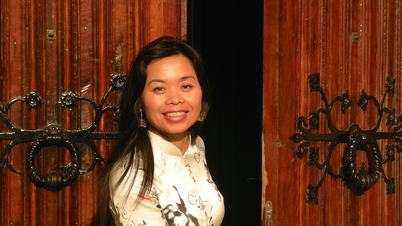



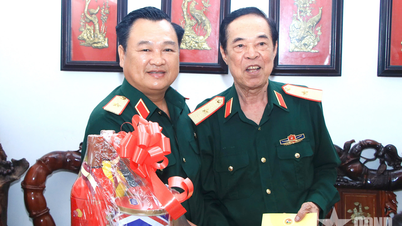
















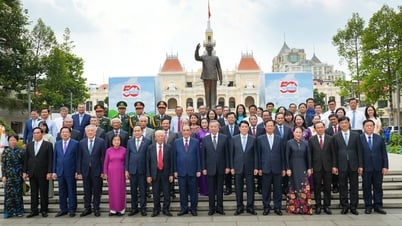











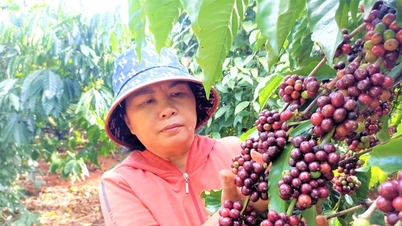

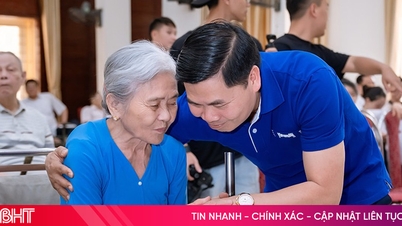


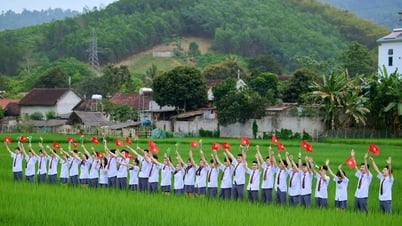
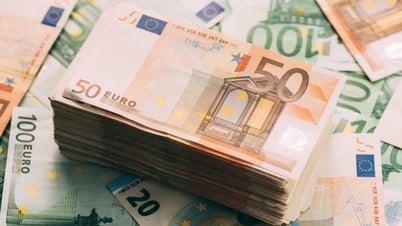











Comment (0)